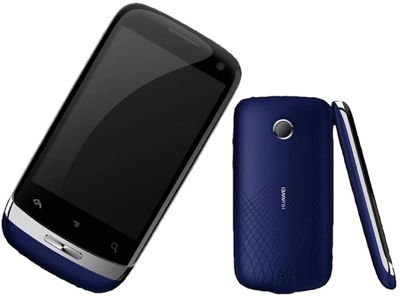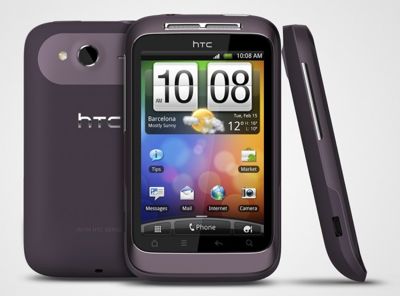Low-end Android handsets poised for eventual market takeover
Noted tech industry analyst Ross Rubin posed a fun question Wednesday morning on Twitter at which I thought I'd take a Quora-like stab. He asked, "So when does this deluge of low-end Android handsets start and from which OEMs?"
It's really one of the most important questions about Android, because it has long been presumed that Android will be the operating system that finally puts smartphones in the hands of every consumer. Rubin's timing is also impeccable, because for everything we're seeing, the deluge has already begun.
But don't go saying Android has failed to capture the mass market just yet; it won't reach true ubiquity for a few more years.
According to the UK's Juniper Research, there will be over 185 million entry-level Android phones in circulation by 2015, and market research firm Gartner estimated last September that Android would become the smartphone market leader in 2014. Lower-end phone manufacturers have already targeted 2011 as the year they will begin their big pushes into the U.S. mainstream device market, so Android's gradual takeover has only just barely begun.
Entry-level smartphone manufacturers have been playing with Android since it was first introduced in 2008, and most of them have already released products into the international market in the mid-range class and below. These include Chinese companies Huawei and ZTE, Japan's Kyocera/Sanyo, South Korea's Pantech, France's Alcatel, India's Micromax, as well as white-label carrier-branded devices coming from the likes of Foxconn, the same manufacturer who makes Apple's iPhone.
At Mobile World Congress this week, these companies had new Android products to show off for the coming year. Alcatel, for example, showed off its OneTouch 990, which offers the "with Google" Android experience that purists love at a (still unnamed) mass market price.

Huawei unveiled the IDEOS X3, another Android handset which will hit international markets with a sub-$200 MSRP, putting it in the free category after applicable carrier subsidies.

The telltale sign that a new Android phone is targeted at the lower end of the consumer spectrum is the 600 MHz CPU. This is common among most of the devices I've covered above, and even Taiwan's venerable HTC debuted an Android device at this CPU speed this week, The Wildfire S.

These devices -and many more- will be released at various points throughout the year with different regional availability, and will make up this "Android deluge." After this initial torrent of cheap Android devices, the following generation could then have power equal to some of the most commanding superphones on the market today thanks to ARM's yet unrevealedCortex A5 mass market chipset.